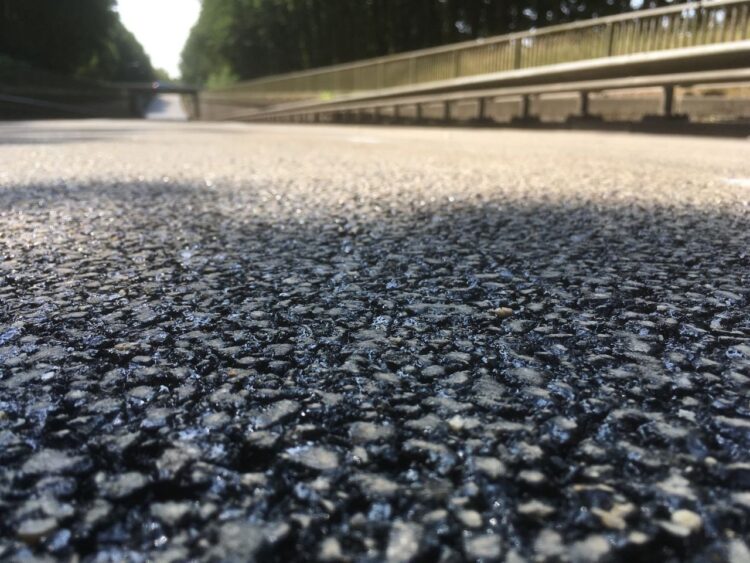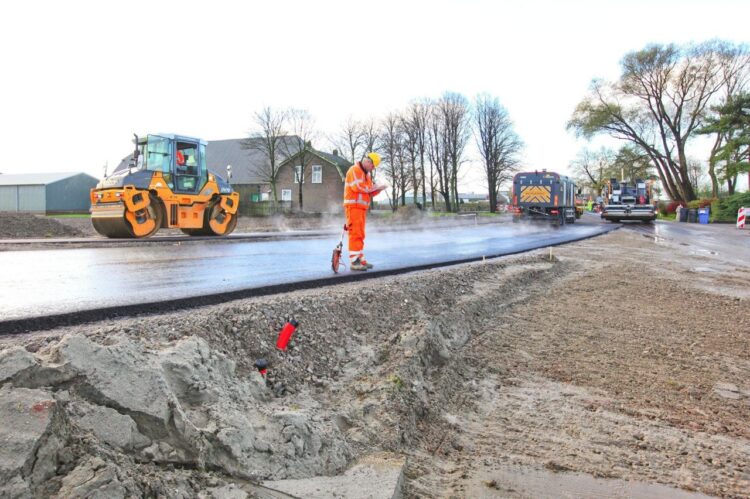
Test Results in bitumen
Rheofalt HP-AM recovers resin component, restores colloidal equilibrium and isolates polar agglomeration of the asphaltenes. Figures are based on fresh bitumen research (50/70 and PMB25 / 55) to establish a 0-point. Aging is done with RTFOT (75 minutes, 164 C) and PAV (20 hours, 90 C and 2 MPa). Comparing research data is fresh bitumen, aged bitumen and aged bitumen with 5% and 10% Rheofalt HP-AM.



